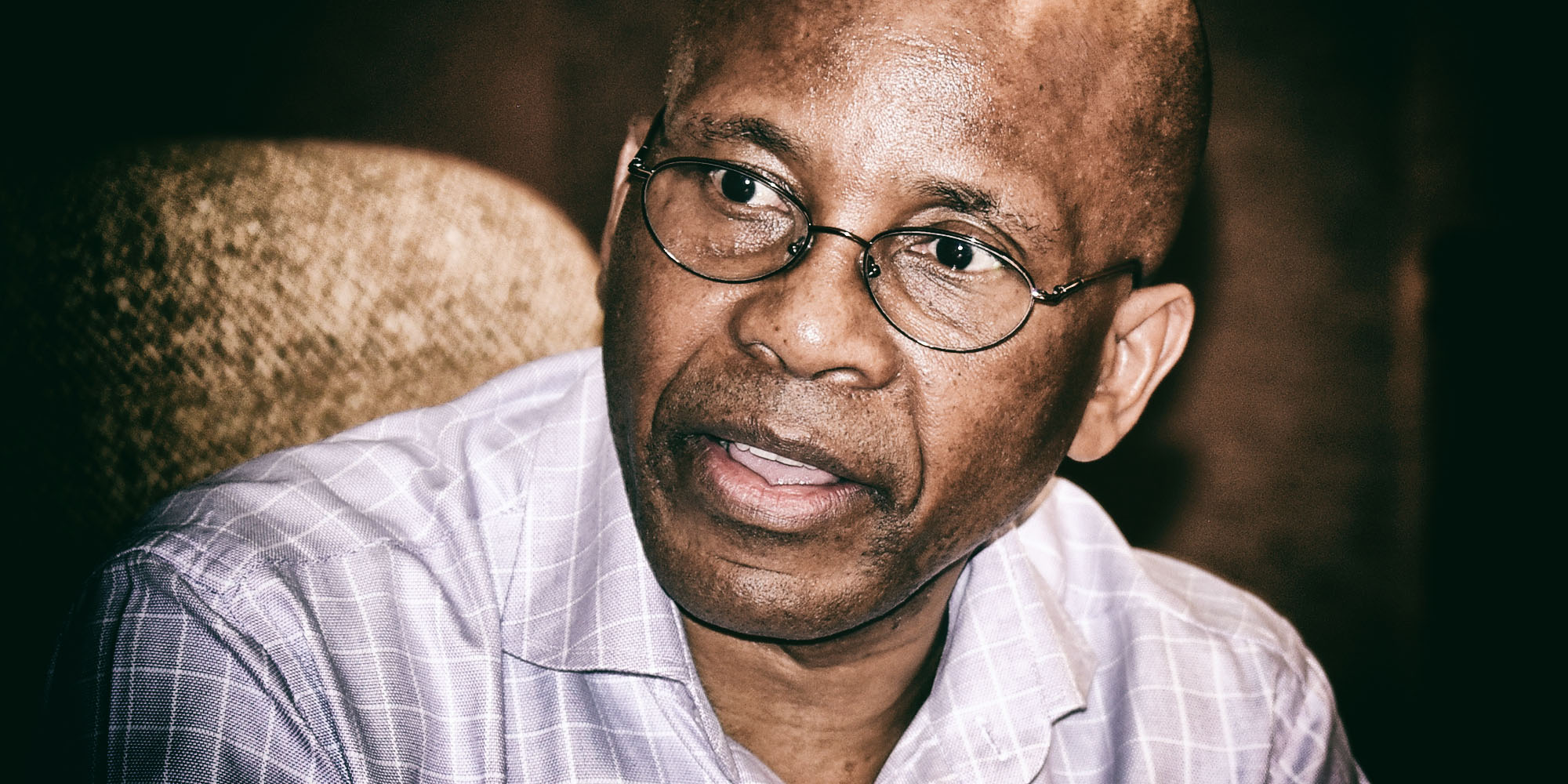The fading of SA’s energy crisis has pushed the Eskom board to predict an end to the power utility’s money-losing streak and even a potential return to profitability for the first time since 2017.
Eskom’s current financial year runs until March 2025 and the board chair, Mteto Nyati, said the power utility’s financial situation would show a marked improvement.
In the corridors of Eskom’s finance department, there are talks of two scenarios when annual results are unveiled next year: Eskom breaking even (not making a profit or loss), or pencilling in a profit.
Although the power utility’s financial books still have to be audited, a break-even or profit would be a major U-turn in the state-owned enterprise’s financial situation considering its massive R23.9-billion financial loss in 2023. The loss was twice as big as that of 2022 and was the largest in Eskom’s 100-year operational history.
Read more: Eskom posts record R23.9bn financial loss
Between 2018 and 2023, Eskom recorded cumulative financial losses of R105-billion while receiving more than R250-billion in taxpayer-funded bailouts. Bailouts to state-owned entities (SOEs) have diverted expenditure from service delivery programmes that could improve people’s lives. Without SOE bailouts, public finances would be in far less trouble than they are.
Nyati, who has led the Eskom board for a year, said the end of blackouts (“load shedding”) over the past six months had improved the outlook for the power utility’s financial situation — with an early indication of a profit.
“We can do this because we are not in load shedding, which means that electricity sales are up,” said Nyati, when delivering a presentation on Thursday at the Serious Social Investing Conference in Johannesburg, a corporate social impact event hosted by Tshikululu Social Investments. In other words, Eskom expects to generate greater revenue from electricity sales as its power stations can now meet the country’s power demand.
Earlier this year when blackouts were an everyday occurrence (up to Stage 6), Eskom forecast an annual financial loss of R15-billion. This was no longer the case, said Nyati.
He said Eskom’s expenditure on diesel was down by R12-billion compared to last year, which should shore up the power utility’s financial position.
Eskom buys and burns diesel to run open-cycle gas turbines (OCGTs) at Ankerlig and Gourikwa to make up for shortfalls in generation capacity when there are outages and breakdowns at Eskom’s coal-fired stations.
If OCGTs run efficiently, they enable Eskom to avoid implementing higher stages of blackouts. That power stations have been reliable and have experienced fewer breakdowns means that Eskom has not relied heavily on OCGTs to keep the lights on.
Permanent end of blackouts
Despite the improved performance of Eskom’s power stations, the utility is not ready to declare a permanent end to the blackouts that have bedevilled South Africa for 17 years. Eskom might be in a position to make such a declaration only by the end of March 2025. However, this depends on several factors.
Between now and then, Nyati said, Eskom’s electricity generation capacity would have to improve with the return online of units at power stations including Medupi (Unit 4), Kusile (Unit 6), and Koeberg (Unit 2).
“Once we tick all of these, by the end of March 2025, we will be able to come back to SA and say that load shedding is behind us,” he said.
Eskom’s power stations must also show an energy availability factor (EAF) of 70% before blackouts can be considered a thing of the past.
An EAF is the main metric for assessing the performance of power stations. An EAF refers to the average percentage of power stations available to dispatch energy at any time. A higher EAF indicates that Eskom’s power stations are performing well, which lowers the probability of higher blackout stages. Eskom’s EAF, which has been languishing below 53% for most of 2023, improved to 65% in April 2024 and has since remained at similar levels.
A profitable Eskom could weaken its justification for increasing electricity tariffs every three years. In justifying its application to the National Energy Regulator of SA (Nersa) for consumer inflation-beating tariff increases, Eskom has long argued that it doesn’t generate enough revenue or profit from electricity sales. It peddled the same argument this year when it asked Nersa for a tariff increase of 36.15% in 2025.
Read more: Eskom wants an increase in electricity tariffs of up to 44% next year
Reflecting on factors that have led to improvements at Eskom after many years of failure, Nyati said appointing credible individuals to key positions at the power utility was crucial. Eskom's board now has seven qualified engineers, who are au fait with the mechanics of power stations. The Eskom CEO, Dan Marokane, is a chemical engineer with a master’s degree in petroleum engineering.
Read more: Can new Eskom CEO Dan Marokane fix broken power utility mired in corruption?
Other factors Nyati cited include improving the monitoring of power stations and immediately addressing breakdowns when they occur; providing staff incentives for good performance to boost morale; and the Eskom board receiving support from the government and being empowered to push back against political interference. DM





